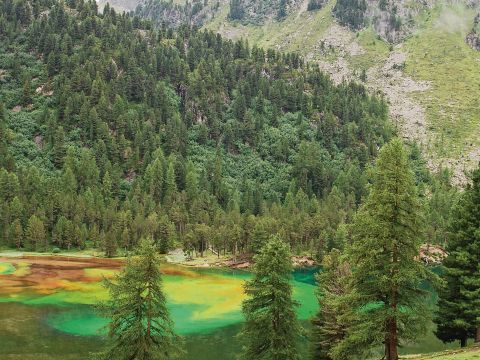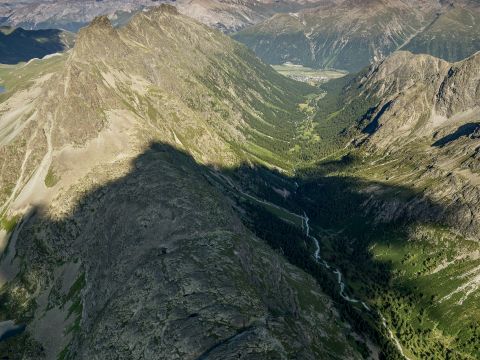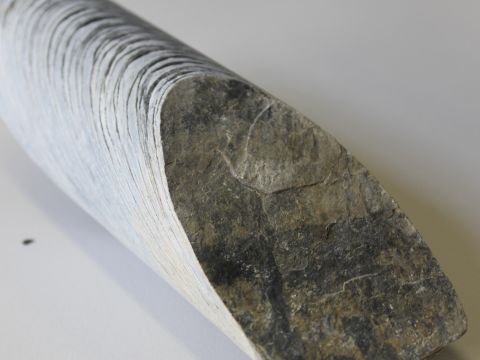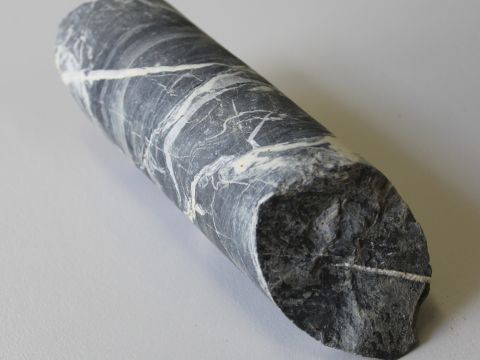The mountain
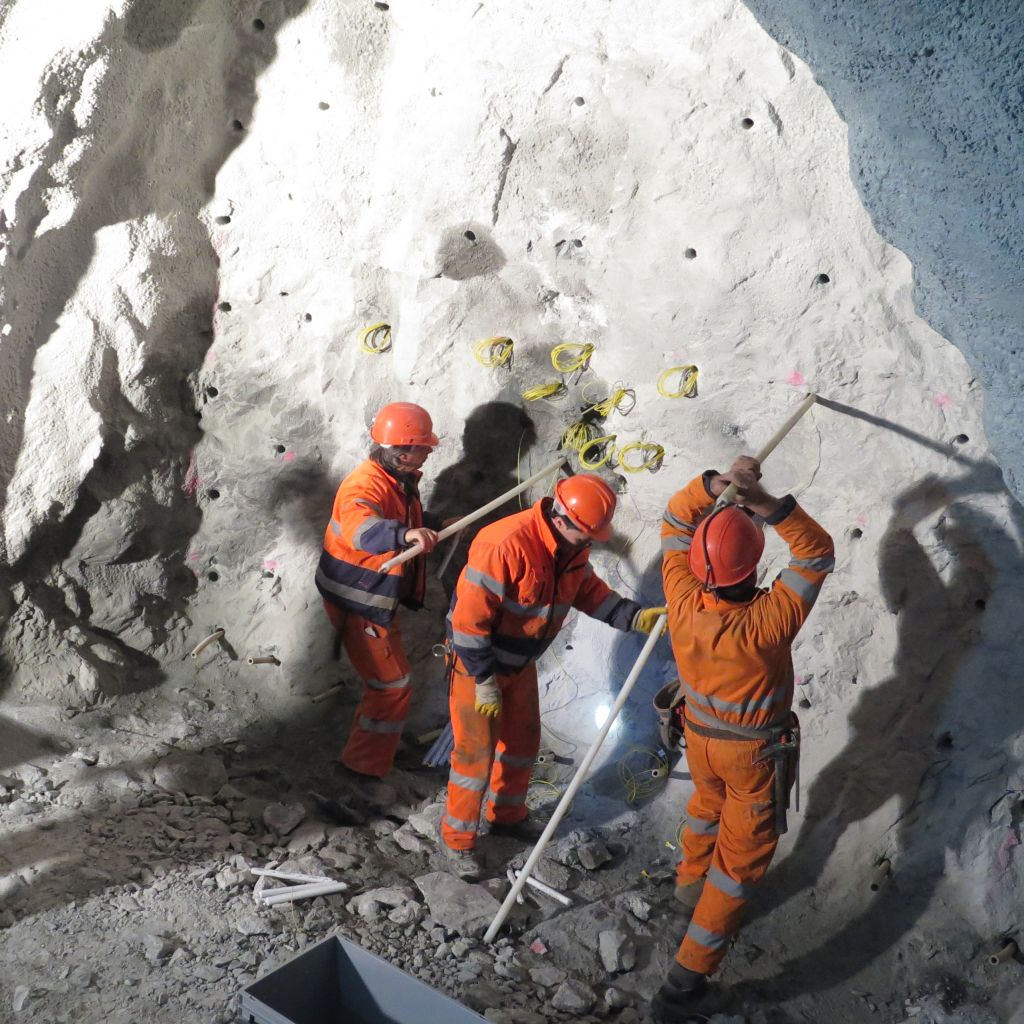
To select the accurate and suitable construction methods it is important to know the geological and hydro-geological conditions of the area. The geological profile of the Albula Tunnel is characterised by its multi-layered complexity. Detailed preliminary investigations were carried out in order to determine accurately the layer sequence of the different types of rock. This involved an examination of historical documents relating to the construction of the original Albula Tunnel, along with the carrying-out of additional, new analyses.
It is vital, where construction projects are concerned, to know as much as possible about the geological and hydro-geological conditions of the area concerned. Various geological and geotechnical methods, along with hydro-geological investigations, allow us to predict the amount of water that we are likely to encounter in the mountains, and come up with suitable tunnelling procedures. These investigations are of great significance, as possession of the right knowledge can help prevent dangerous surprises (such as unexpected flooding) in the course of tunnelling.
The specialists working for the Rhaetian Railway have carried out the following investigations, among others:
-
Horizontal, 30 metre-long probing holes drilled into the Raibler cellular limestone from the existing tunnel; in order to determine water pressure and water flow behaviour, along with other factors.
-
A total of 23 short holes drilled from the existing tunnel (to obtain samples for lab analysis).
-
Optical scans of the walls of the drill holes to identify the orientation of layers and fissures.
-
Lab analyses to determine the geotechnical properties of the rock samples.
-
The extraction of water samples to identify hydrochemical properties associated with the erosion of concrete (such as incorrect pH or sulphate content).
-
Seismic measurements to determine of the location of overlays.
-
Full discussion of the available ways of disposing of material excavated from the tunnel.
-
The drilling of seven probing holes from the surface in order to investigate areas of loose rock.
-
The setting-up of measuring equipment at the two tunnel entrances and in the tunnel itself, in order to measure amounts of drainage water.
-
Complex dye-based trials to determine the paths taken by water.
-
The setting-up of drainage and level-measuring equipment to take surface and groundwater readings for the investigation and monitoring of hydro-geological conditions.
-
The excavation of a hollow on the axis of the planned tunnel as a base for the drilling of exploratory holes along that axis, in order to determine the exact state of the Raibler cellular limestone.
-
The experimental injection of cement in order to plan the special tunnelling techniques required for “floating” cellular limestone.
The results of these new investigations and the historical findings were evaluated. This delivered new insights into the structure of the mountain’s rock formations. This combination of historical accounts and new research allowed existing risks to be assessed accurately and suitable construction methods to be selected for the five different to penetrating rock-types.
Due to the detailed investigations the RhB and the responsible construction company are well prepared for the construction of the new Albula Tunnel.
The individual steps were being planned in detail before construction work on the Albula Tunnel began. The division of tasks into individual phases is of great significance when it comes to assessing the progress of construction work:
Preparation work
-
Power lines, water conduits and waste pipes are laid.
-
Temporary works stations are to be installed at Preda and Spinas, a provisional access road – including a temporary railway tunnel – is to be laid, and the stream in Preda is to be rerouted
-
Safety repairs are to be carried out in the existing tunnel.
-
The first five metres of transverse accesses in the existing tunnel are to be broken open.
-
Materials handling facilities and landfills are to be made ready
Work on the tunnel structure
-
Work in the areas of loose rock between Preda and Spinas is to be carried out using protective pipe umbrellas.
-
Blasting work on the new tunnel is to be carried out at the same time from both the Preda and Spinas ends.
-
As the main tunnelling work is completed, the transverse accesses are broken open from the new tunnel.
Internal fitting-out
-
The floor of the tunnel and its wall cladding are to be installed from the Preda end, working towards Spinas.
Railway infrastructure
-
Railway infrastructure, such as the tracks and electrical overhead, is to be installed from the Preda end.
Station refurbishment
-
As internal fitting-out takes place, refurbishment work is to be carried out on the tracks and platforms of both stations. This includes, along with other measures, a pedestrian underpass in Preda and the Beverin Bridge in Spinas.
Preparing for the inauguration
-
Before the new tunnel can be opened to traffic, the handling areas and materials management facilities must be dismantled, and the corresponding areas replanted and re-turfed to return them to their original state. Bodies of flowing water must be restored at the same time.
Conversion of the old Albula Tunnel into a safety tunnel
-
Once railway operations in the new Albula Tunnel begin, the existing tunnel is to be converted for use as a safety tunnel. This involves, along with other measures, the installation of airlocks and an excess-pressure ventilation system.
